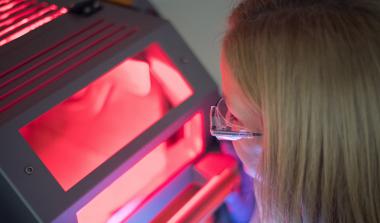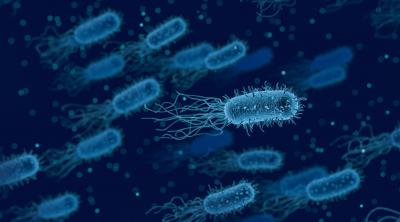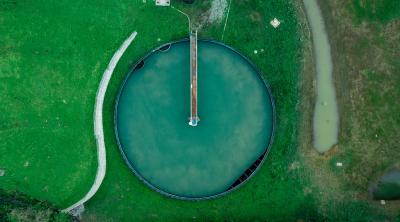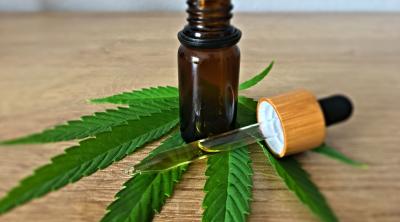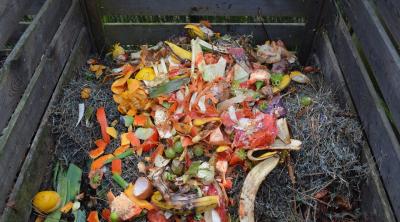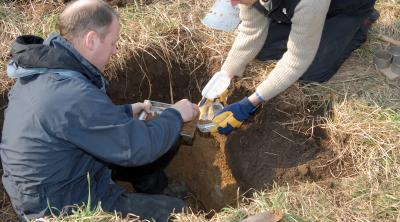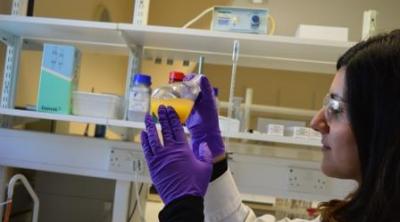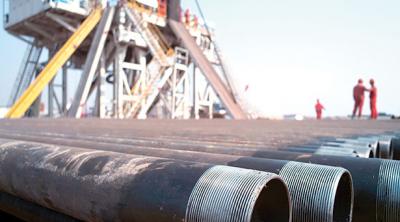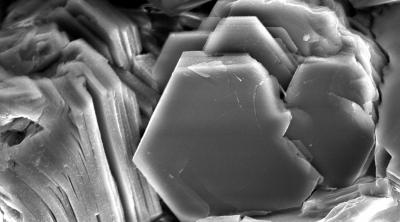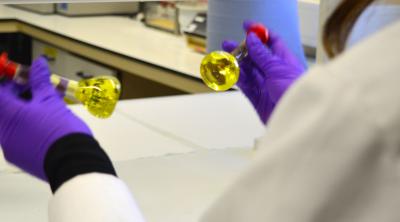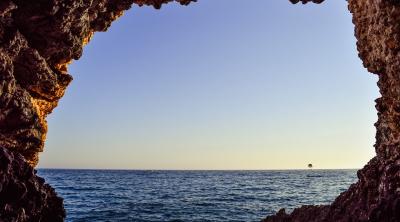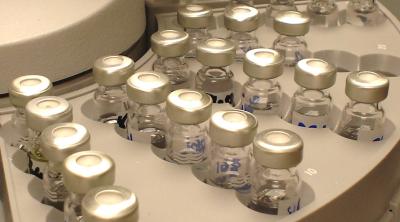Marine Sediment Analysis
Sector: Aquaculture, The Environment
Marine sediments might come from harbours, ports, marinas, moorings, lochs, lakes or aquaculture. Whatever the environment, it is necessary to ensure that sediments (and waters) are free from contaminants. If contaminants are present, they need to be qualified, quantified and reduced where possible.
Contamination analysis is required for marine sediments, specifically when there is to be movement on the bed. This might be for dredging of the seabed; construction, alteration or improvement works; deposit of substances or objects into the sea or onto the seabed or, removal of substances or objects from the seabed.
Prior to dredging and disposal, sediment material must be analysed for contaminants. Similarly, before any disturbance of sediment or soil, analysis must be undertaken to determine levels of contamination within this material and the potential impact this could have on surrounding water, construction materials and landfill.
 Marine Scotland, Licensing Operations Team (MS-LOT)
Marine Scotland, Licensing Operations Team (MS-LOT)
A large variety of contaminants from marine and industrial sources are associated with sediment contamination including heavy metals and persistent organics (e.g., PAH’s and PCBs).
To control potential contamination in Scotland, many activities require prior marine license consent from the Marine Scotland, Licensing Operations Team (MS-LOT).
James Hutton Limited soil chemists can analyse and assess results against Marine Scotland action levels (AL1 & AL2).
James Hutton Limited can support sediment analysis in several ways:
Our in-house statisticians can create an accurate chart of the dredge area and sample locations, provide details of sample types and suggested sampling methodology and recommend the number of samples to be taken.
Soil analysts provide a thorough analytical investigation, monitoring and assessment of results along with comprehensive, detailed reports, as required.
Techniques that might be used for sediment contaminant analysis are the specialties of our chemical analysis group and might include GC-MS, ICP-MS and HPLC.
Contaminants might include:
- PAHs - Polycyclic aromatic hydrocarbons
- PCBs - Polychlorinated biphenyls
- PBDEs - Polybrominated diphenyl ethers
- TPH - Total Petroleum Hydrocarbons
- TBT - Tributyltin
- Pesticide screening (specific pesticides as required)
- Metals
Accreditation
The James Hutton Institute analytical laboratories operate to the standards required by UKAS accreditation and many of our routine techniques are accredited. A full accreditation schedule can be found at www.UKAS.com
Our ability to perform a huge variety of techniques means that in general a one-off analysis may not be accredited but our total commitment to high standards ensures it will be carried out to the exacting specifications that accreditation requires.
Contact us for further information.



